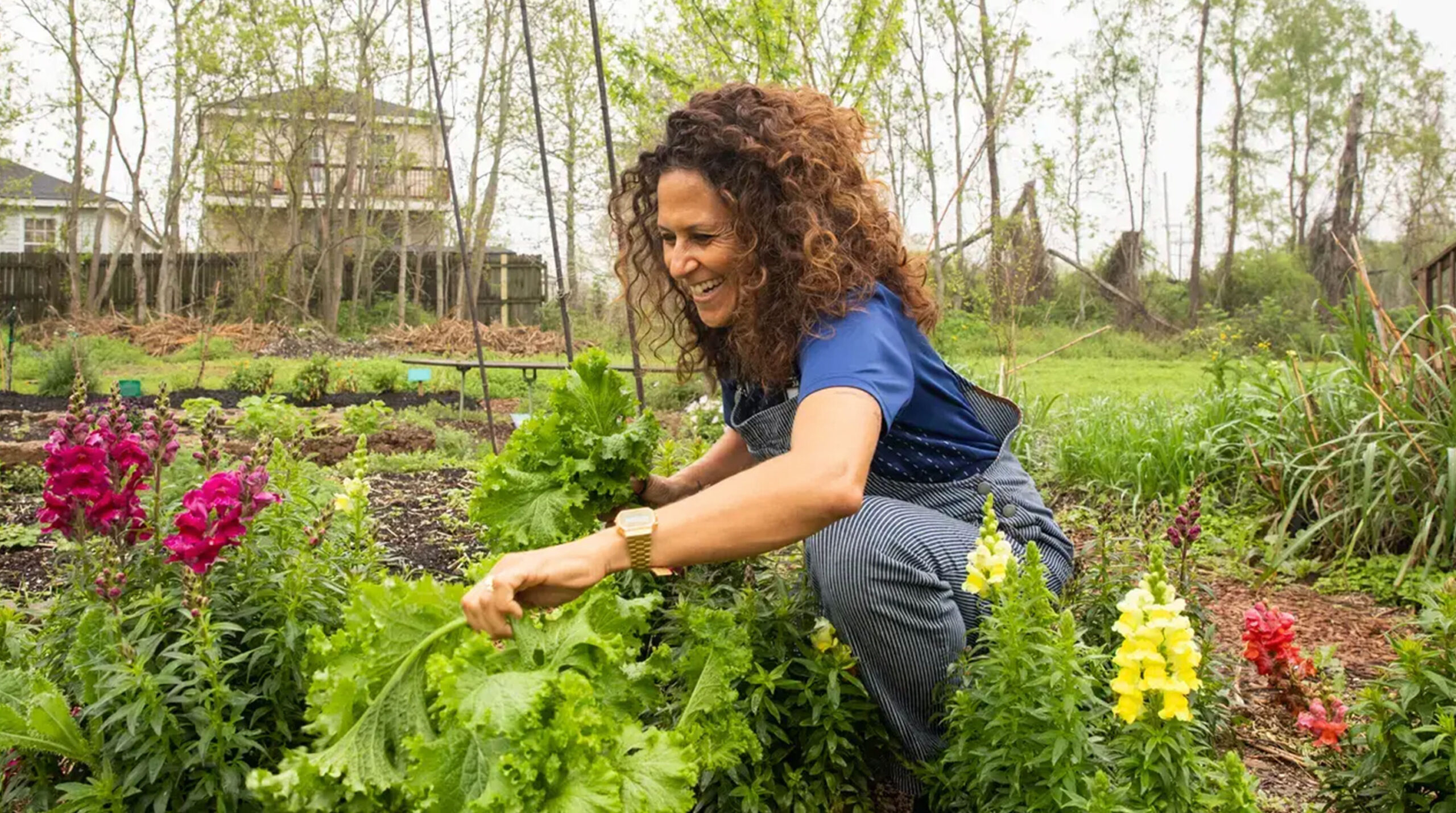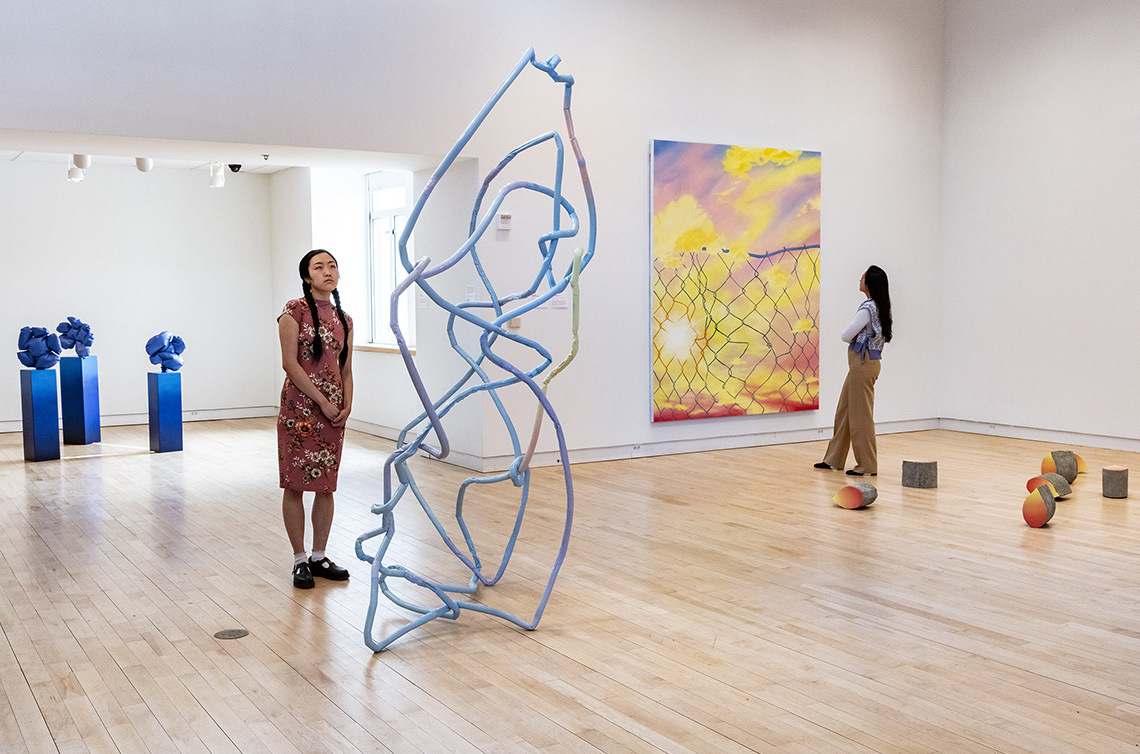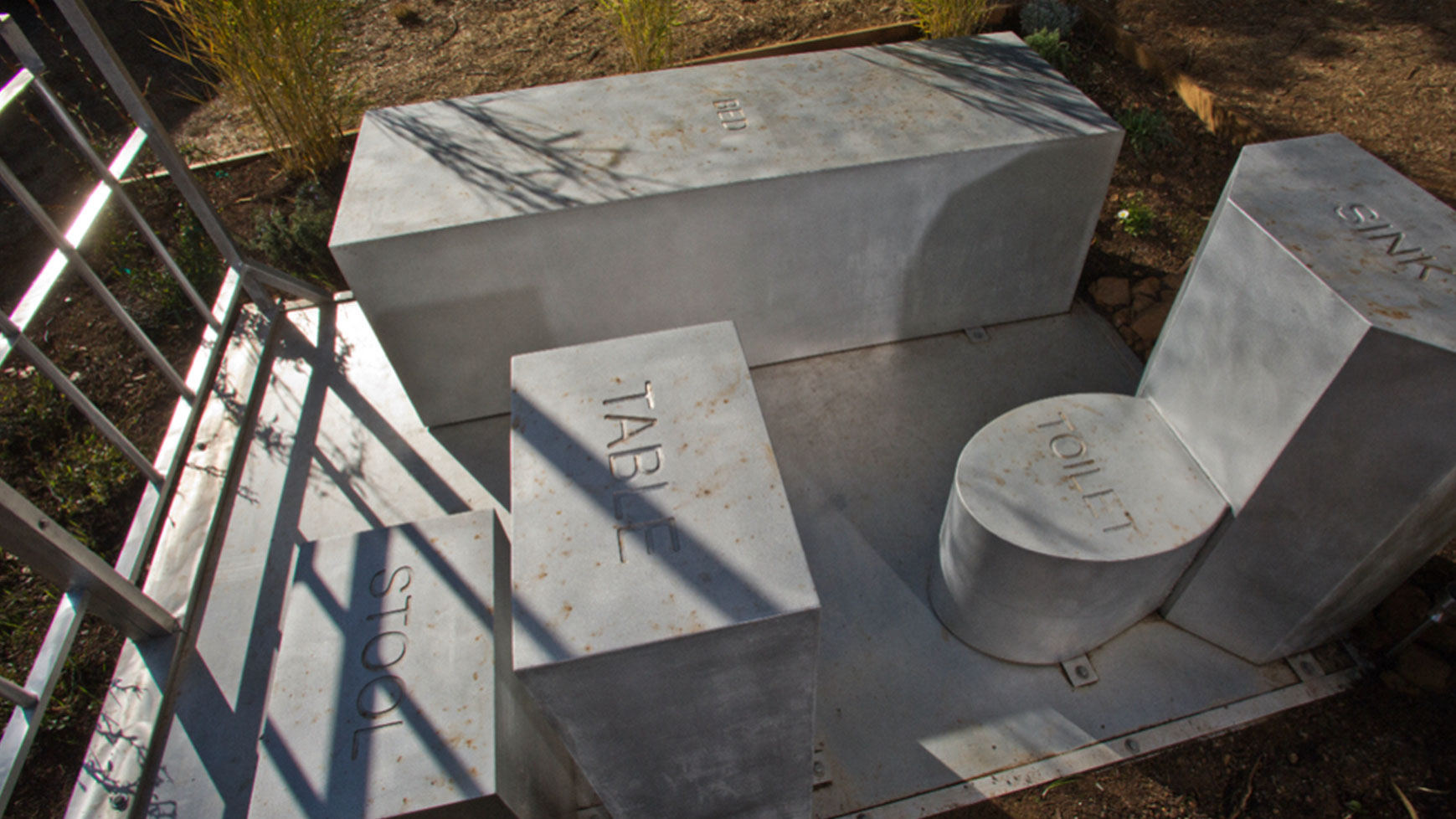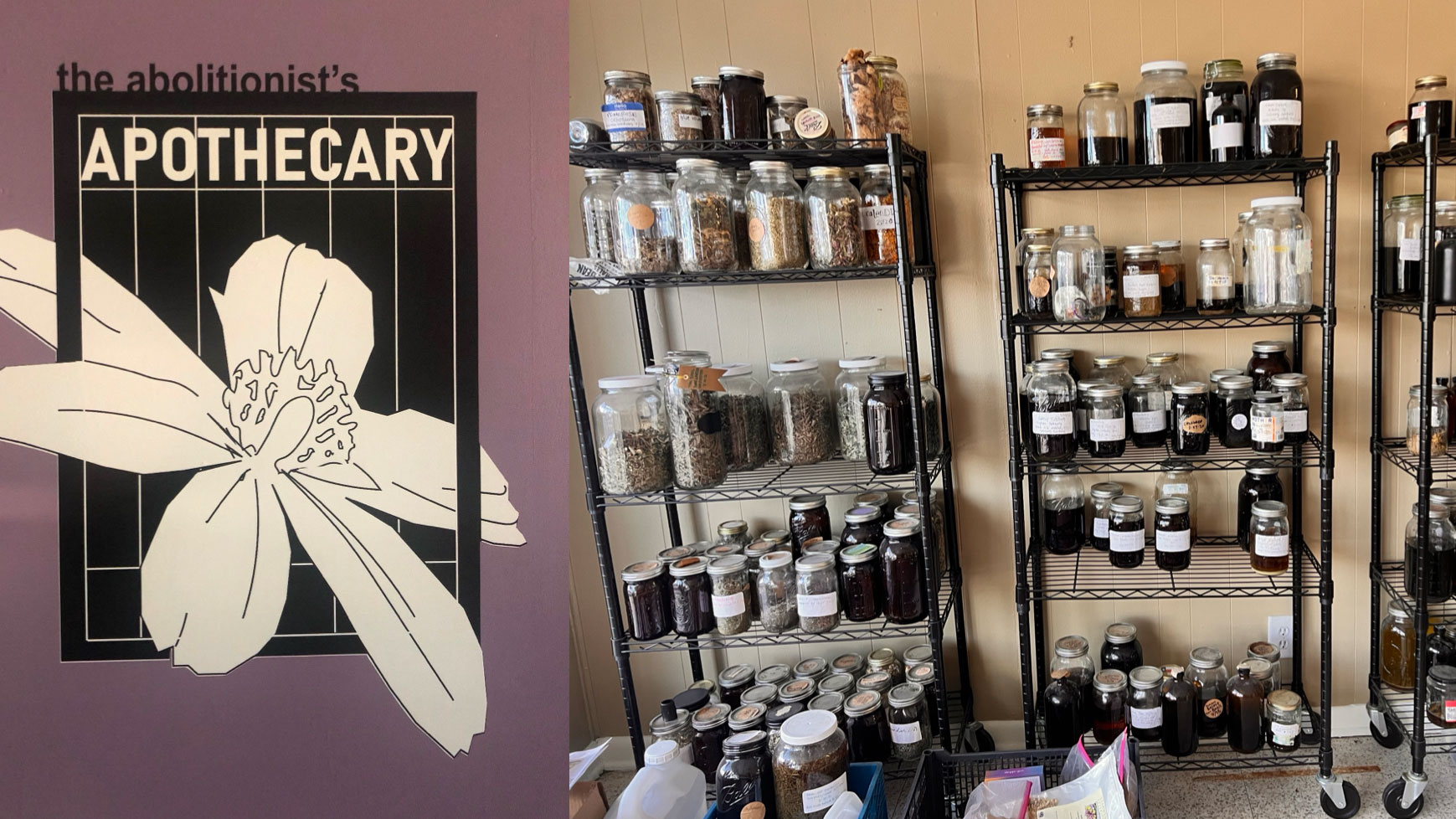
- This event has passed.
Artist Lecture: jackie sumell
November 19, 2024 @ 5:30 pm - 7:00 pm

About the Artist
jackie sumell, a prison abolitionist and multidisciplinary artist, draws inspiration from the lives of everyday people. For over two decades, she has dedicated herself to working directly with incarcerated individuals, notably including her collaborations with elders Herman Wallace and Albert Woodfox. Positioned at the intersection of abolition, social practice, and contemplative studies, her work has been showcased extensively across the U.S. and Europe. sumell is the recipient of numerous prestigious residencies and fellowships, such as the 2024 Guggenheim Fellowship, 2023 Christian A. Johnson Fellowship, 2022 Margarite Casey Foundation Fellowship and Art 4 Justice Fellowship, among others. Her collaboration with Herman Wallace, subject of the Emmy Award-Winning documentary “Herman’s House” (Best Artistic Documentary 2013), has propelled her to the forefront of the movement to end isolation in the United States, urging us to envision a society without prisons. Based in New Orleans, Louisiana, sumell continues her impactful work on projects like Herman’s House, Solitary Gardens, The Abolitionist’s Apothecary, and The Abolitionist’s Sanctuary, alongside several community-driven advocacy initiatives.
Get to know more about jackie sumell before she takes the podium at the School of Art. READ MORE.
School of Art Lecture Series
The Carnegie Mellon School of Art Lecture Series is made possible in part by Elizabeth (Thompson) and Thomas M. Cox (A’29) Distinguished Artists Funds, Robert L. Lepper Distinguished Lecture in Creative Inquiry, and Orville M. Winsand Lecture for Critical Studies. Carnegie Mellon makes every effort to provide accessible facilities and programs for individuals with disabilities. This publication can be made available in an alternate format upon request. For accommodations, contact the School of Art at schoolofart@cmu.edu or 412.268.2409. Lecture and event details are subject to change or cancellation.
Image: Courtesy of Maiwenn Raoult.









